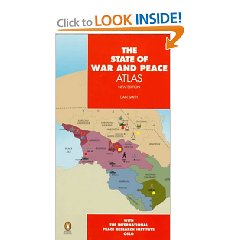August 19, 2000
Dan Smith
Together with the State of the World Atlas, this book ranks as one of the very best and most useful compilations of what I call “strategic generalizations”, but with the very great added value of being presented in a graphical form that is easy to understand. As the international media becomes less and less useful as a means of appreciating how global conditions threaten our own internal security and prosperity, guide books like this one become all the more valuable to citizens and their elected representatives. This is an essential desk reference for every student striving to learn how to think, not just memorize, and for every adult who cares to understand just how unstable and diminishing is the world we are leaving to our children. The book is *not* out-of-date in 2000, but we would all benefit from a new edition coming out that might expand on the core value of the 1997 edition.






